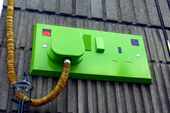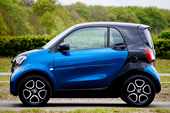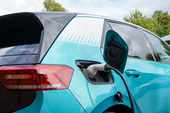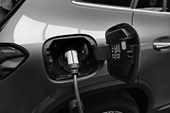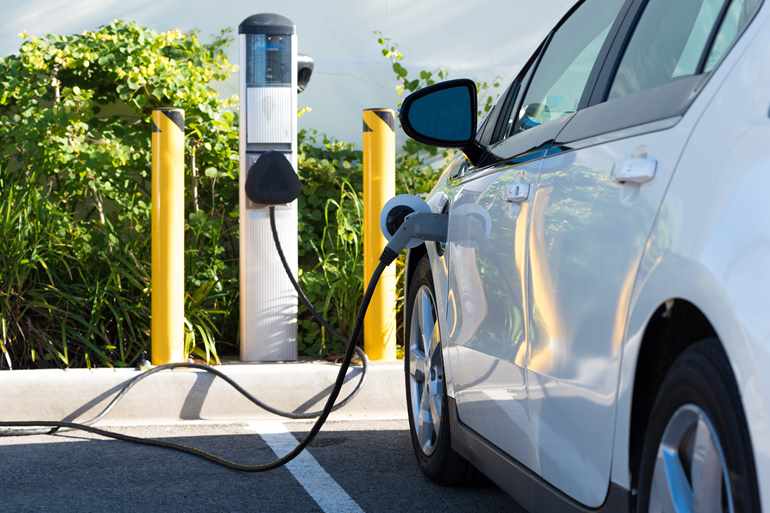
Will electric vehicles buck the usual depreciation trend?
EVs Are All The Rage, But Are They Set To Lose A Lot Of Money?
We are entering a new era of motoring and there is an end in sight for the future of petrol and diesel cars. With the date of 2030 firmly fixed as the point when only electric vehicles (EVs) will roll off the production line, it is well worth asking one of the most pertinent questions relating to new car buying.
What is depreciation going to be like?
A typical new petrol or diesel car will lose about 60% of its original value within the first three years of its life, or within the first 36,000 miles it covers, whichever is the soonest.
This is not shock news to car buyers, to a certain extent, who understand how the system works. It also explains why the used car market is so vibrant because a number of buyers prefer to buy a nearly-new car that has already taken a hit when it comes to depreciation.
Read More: We've calculated the average deprecation of the top 10 best-selling EVs.
"Insurance companies will base their valuation using depreciation trends, and that is why it is so relevant to understand how cars lose their value and what you need to do to insure against the prospect of being out of pocket."
Mind the GAP
One of the consequences of depreciation is that if you are involved in an accident or have your car stolen, causing you to claim on your insurance, you can quickly discover that what the insurance company offers you in a settlement is not as much as you owe to the finance company.
Vehicle replacement GAP insurance provides a very worthwhile safety net in that scenario as an insurance product that is designed to ensure that you don’t suffer a financial shortfall.
Insurance companies will base their valuation using depreciation trends, and that is why it is so relevant to understand how cars lose their value and what you need to do to insure against the prospect of being out of pocket.
The car GAP insurance UK market is growing. It is not hard to understand why when you see how it helps to keep you in the same situation as before, both financially and in terms of driving the same standard of car after making a claim for a loss.
A look at depreciation
Before we take a look at how EVs compare to petrol and diesel cars when it comes to depreciation, it is well worth understanding what depreciation is and the impact it has on the value of your car.
There are probably two ways of looking at the impact of depreciation, depending on whether you are someone who buys a new car every three years or a buyer who prefers to look for a used car bargain.
That same level of depreciation applies by the time you have covered 36,000 miles. If you cover a lot of miles in your car, it could mean that you arrive at that 40% depreciation loss sooner than three years.
In simple terms, if you buy a brand new petrol or diesel car for £20,000, it will be worth £12,000 by the time you hit the three-year or 36,000k milestone. That is a fundamental reason for considering GAP insurance (which is designed to protect you from loss by insuring the gap between what you owe and what the car is worth).
What about EVs?
So, the burning question is, will EVs suffer the same level of depreciation as the petrol and diesel versions we are now being encouraged to replace?
Some makes and models of cars tend to hold their value better than others, and that is likely to be the same situation with EVs. This guide shows some of the best-performing electric models when it comes to depreciation.
When the EV market was in its infancy, it was largely the case that this type of car was seen as a bit of a niche product, but that view has rapidly changed. Because of the mindset that we all have to change to electric at some point, current EVs are proving to be more desirable.
Additional positive factors such as government financial incentives and exemption from congestion charges are all proving influential in increasing the desirability of owning an electric car.
The bottom line when comparing depreciation numbers for EVs against petrol or diesel cars is that some models are faring better than their fossil-fuelled counterparts, and others are not holding their value well.
One example of an EV with a poor residual value performance is the Smart EQ Fortwo. The car may seem to be perfect for city living and cheap motoring due to its nimble size, but its range of just 60 miles means you have to have access to plenty of handy charging points.
This Smart model is estimated to lose about 58% of its value within the first three years of its life. Tesla models, however, are holding their value well. Their Model 3 Long Range vehicle will travel 285 miles on a single charge.
Mileage range is likely to prove a key guide to the depreciation values of EVs, which is worth bearing in mind when you are looking to join the electric car revolution. Thankfully, EV GAP insurance can help if you suffer a loss and have to make a claim at some point, but it also pays to do your research and find out which EVs are going to hold their value the best.
Get in touch if you want to find out more about EV GAP insurance and other ways to ensure you are not out of pocket if you have to make an insurance claim.









